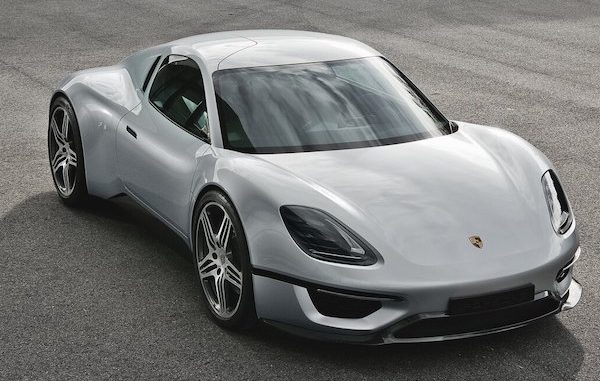


Image via Porsche
A flat engine layout is easily one of the key characteristics of a Porsche car, this design tradition having been carried on since 1896. But what makes it so special, prompting the car company to stick to the same formula for over a century?
The flat engine, also known as the horizontally opposed-six, derives its name from the positioning of its cylinders: two sets, each consisting of three, are laid out flat on different sides of the crankshaft. These work in opposition to each other.
First produced in 1904 by English car company Wilson-Picher, Porsche adapted the style, inspired by the Volkswagen Beetle. It was probably drawn to this engine due to its near-perfect balance.
The more balanced engine forces are, the less vibration is produced, and the less is felt by the vehicle as a whole. The flat engine has its layout to thank for this, resulting in a lightweight, compact engine, which delivers a smooth ride without compromising on power.
Its compact nature also allows for lower design, which naturally results in a lower center of gravity. In turn, this augments the handling of a sports car, particularly when it comes to corners.
When mounted on the rear, most of the weight is distributed on the driving axle. This enhances the brakes’ power, improving traction. That’s not all; the low design also makes fuel consumption more efficient.
Porsche isn’t the only car manufacturer to use this layout; Subaru and Honda motorcycles have some notable mentions too. Additionally, this comes in handy in the aircraft industry. If you’ve ever come across an aircraft with “O” in its name, that’s code for “flat engine.”
The flat engine is lightweight and compact; it not only strengthens handling, weight distribution, and engine balance, but also improves the car’s design and overall riding experience.
Now a key part of Porsche designs that has been a tradition going strong for 125 years, it’s clear to see why it’s so highly favored by the brand and its fans alike.
[via

Leave a Reply